A roller table is a piece of high-precision equipment often moved by electrical or mechanical driving mechanisms, allowing massive loads to be moved with ease. Another synonym of roller tables is positioning stages, defined as motorized linear slides with precise rail sets supporting cumbersome loads at low friction. Read More…
Del-Tron is a linear slide manufacturer/distributor of ball bearing slides, crossed roller tables, roller slides, multi-axis positioning stages, xy tables, motor-ready lead screw stages & crossed roller rail sets.
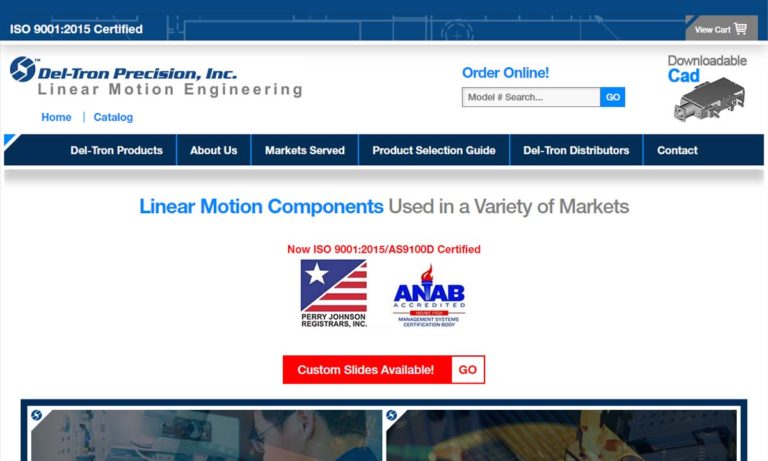
When describing Tusk Direct, a linear slide distributor, products such as linear motion components, roller tables, ball & crossed roller slides, dovetail slides, bushings, multi-axis positioners & motor ready lead screw actuators, come to mind.
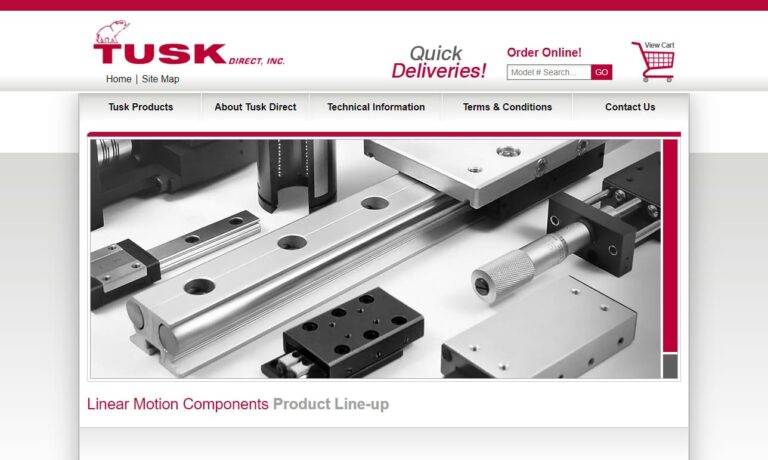
Isotech is a distributor of precision linear motion components: air cylinders, linear actuators, linear slides, ball slide assemblies, crossed roller slide assemblies, re-circulating ball slide guides. We can supply standard or high precision products in either English or metric, all with the convenience of on-line ordering. Our parts are ready for installation right out of the box.
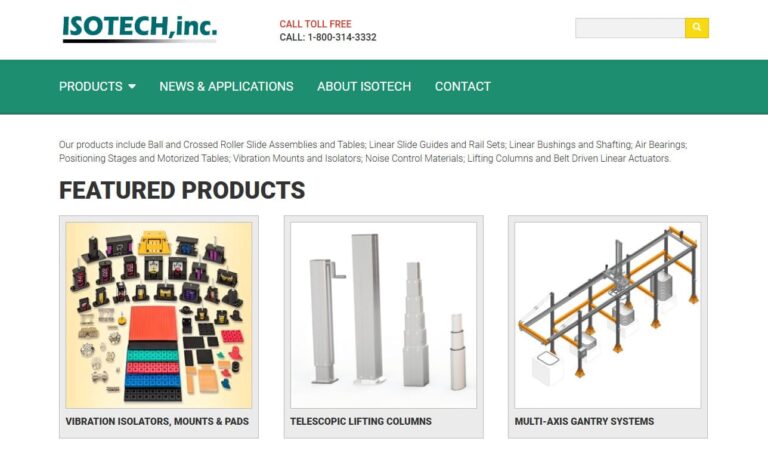
More Roller Table Manufacturers
What is a Roller Table?
Due to the high accuracy demanded when using roller tables, they are manufactured to withstand heavy loads, pull or push, and to be highly accurate.
They consist of an attached moving carriage and a linear base. Roller tables have roller slides with single or multiple axes with tables and shafts to maximize direction and control.

Roller tables are well known for their exceptional capability to carry loads and high accuracy. Roller tables are customarily designed based on load capacity, material, freedom of movement, and size of the intended use.
How Roller Tables Function
Roller tables consist of two or more slides enabling them to carry heavy loads. A screw drive is placed between the platform and base, creating a motorized linear slide. The slides consist of a moving platform and a base that allows manual movement with a secure locking mechanism.
The platform houses roller bearings that allow low friction between the linear rails and the table or platform. Most use bearings; cylindrical bearings produce the least amount of mechanical noise.
Roller Tables Installation
A roller table has various ways in which it can be mounted in X, XY, or XYZ configurations in multi-axis linear position and motion. Shock absorbers or rubber bumpers are used to stop the slide table, and stroke adjusters can be used for precision positioning.
To reduce errors associated with the system, air-bearing slides for roller tables can be installed where there is pressurized air controlled between the platform and the base.
A roller cage can be installed on the table to help prevent slips during movement and balancing loads. In some installations, shields and covers are attached to prevent dust from penetrating the sliding base and platform, hindering motion.
Types of Roller Tables
The different types of roller tables include:
Low Profile Roller Tables
Low-profile roller tables are highly accurate slide tables with adjustable preloading. They can withstand force in all directions due to the crossed rollers at an angle of 45 degrees. Low-profile roller tables have a straight line accuracy of 0.0001 inches per 1 inch (or 0.0025 mm per 25 mm) travel.
Heavy Duty Roller Tables
Heavy-duty roller tables are used to lift heavy packages and cartons. They are useful in the setup of conveyor lines in shipping departments, assembly areas, and warehousing activities.

They comprise hex-shaft axles for additional capacity and strength, variations of curves such as 30, 45, 60, and 90 degrees, and couplings bolted together for connections.
Crossed Linear Rails Tables
These roller tables provide greater control and precision with the capability of carrying high loads. Crossed linear roller tables can be found in steel construction and other choices for application design. Mounting holes in aluminum crossed roller tables are available in metric and inch mounting.

In cases of high acceleration and deceleration or vertical application, there is a need to consider anti-creep crossed tables. Roller cage and rail design take care of roller cage slippage or migration in high vertical applications and speed.
Crossed linear roller tables are factory preloaded and ready to install. They provide extremely precise linear motion with relatively low friction by using crossed roller bearings.
Applications and Benefits of Roller Tables
The applications and benefits of roller tables include:
Applications of Roller Tables
Roller tables are used in:
- Fiber optic systems
- Material handling industries
- Industrial automation equipment
Benefits of Roller Tables
A roller table is a cost-efficient method of moving equipment and a cheaper way of improving the efficiency of a system within an operation.
- Simple design manufacture and operation
- Moves heavy loads using very small power output
- Have high accuracies: 0.0001 inches per 1 inch (0.0025 mm per 25 mm) with loads of 2600 lbs (1179 kg) and excess
- Lightweight
- Ready for installation from the box due to factory preloading
Choosing the Right Roller Table Manufacturer
To ensure you have the most positive outcome when purchasing roller tables from a roller table manufacturer, it is important to compare several companies using our directory of roller table manufacturers. Each roller table manufacturer has a business profile page highlighting their areas of experience and capabilities, along with a contact form to directly communicate with the manufacturer for more information or request a quote. Review each roller table company website using our patented website previewer to quickly learn what each company specializes in. Then, use our simple RFQ form to contact multiple roller table companies with the same form.

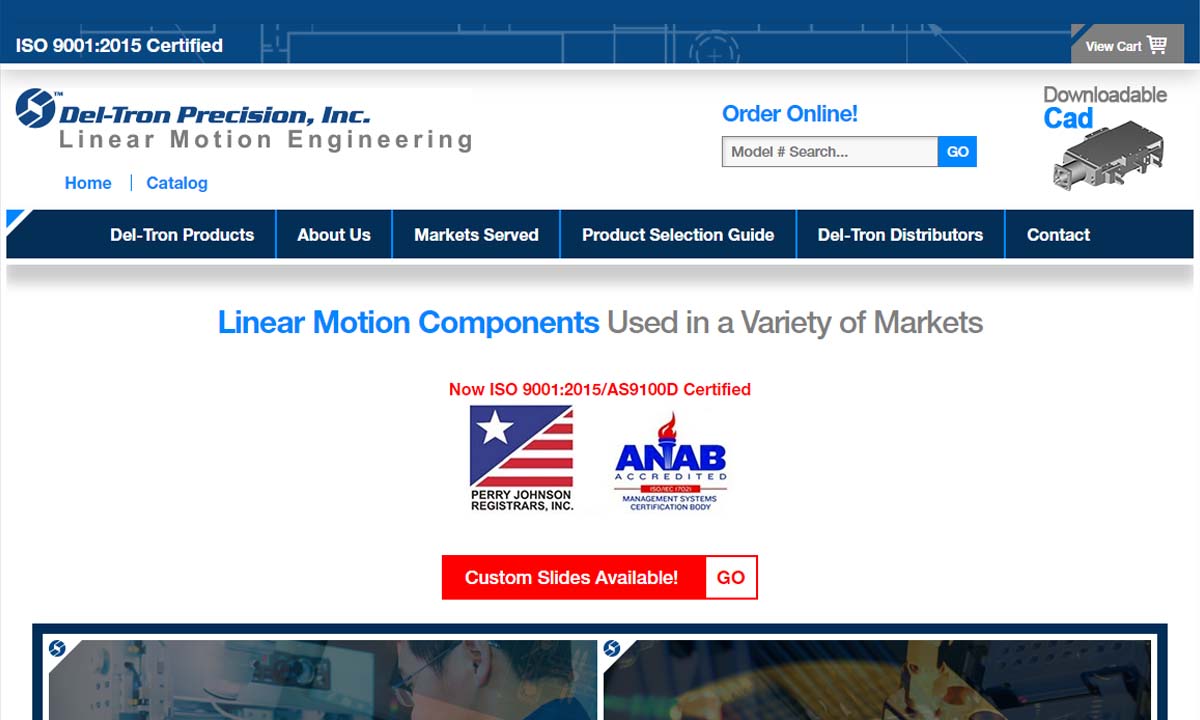
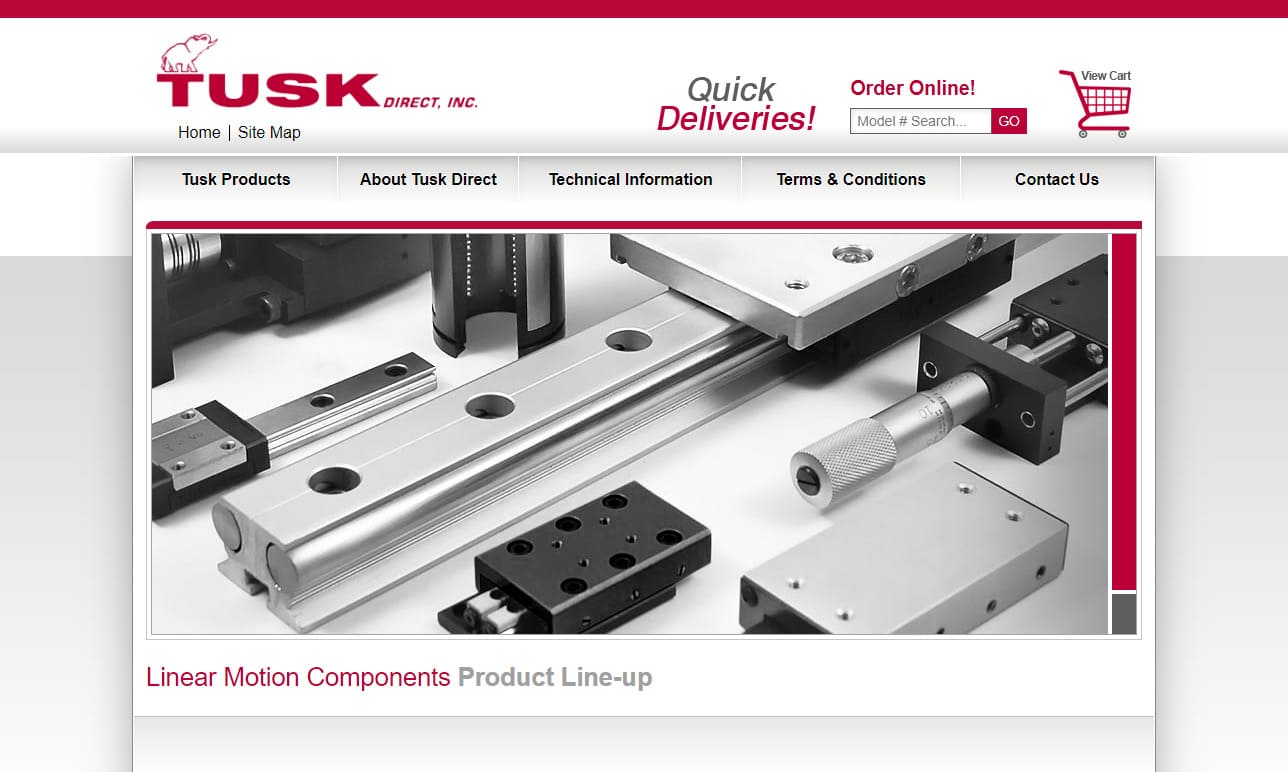
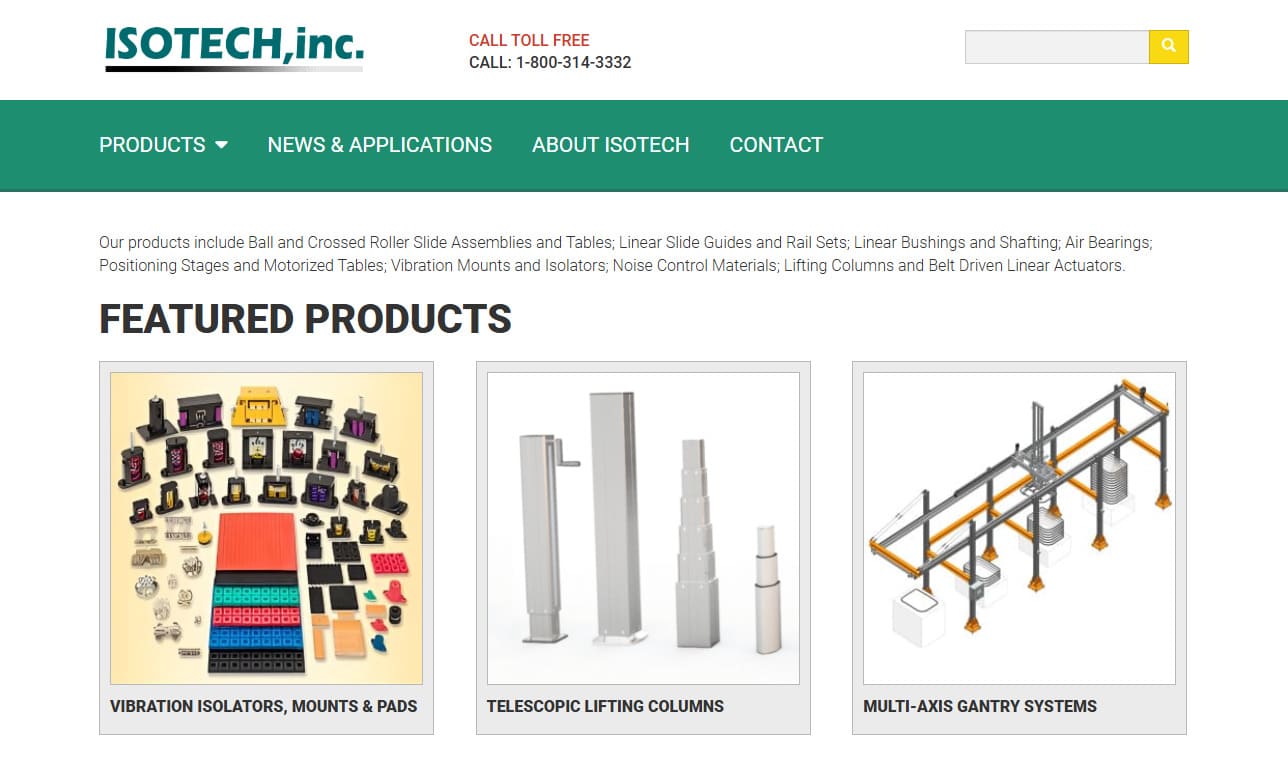
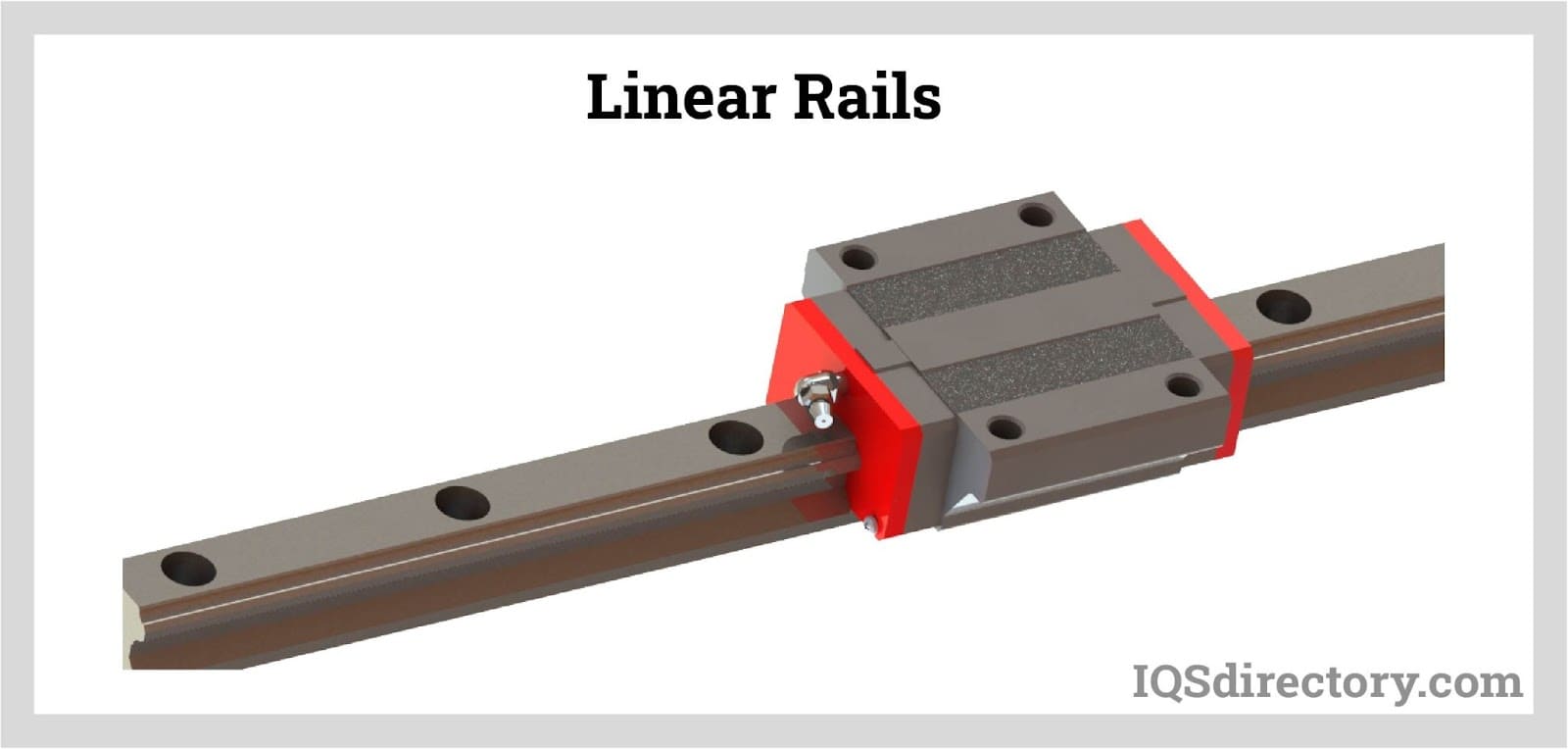
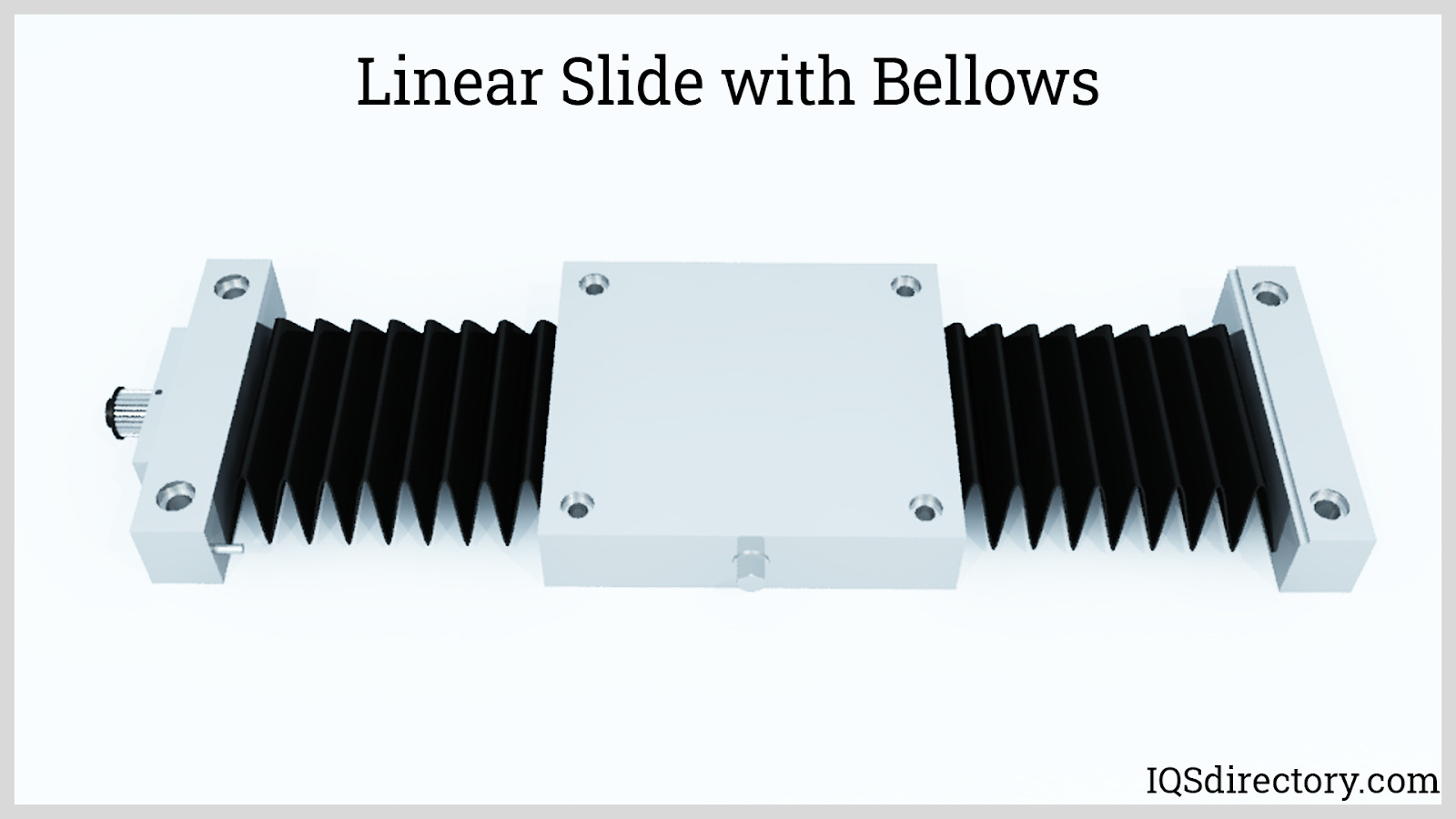
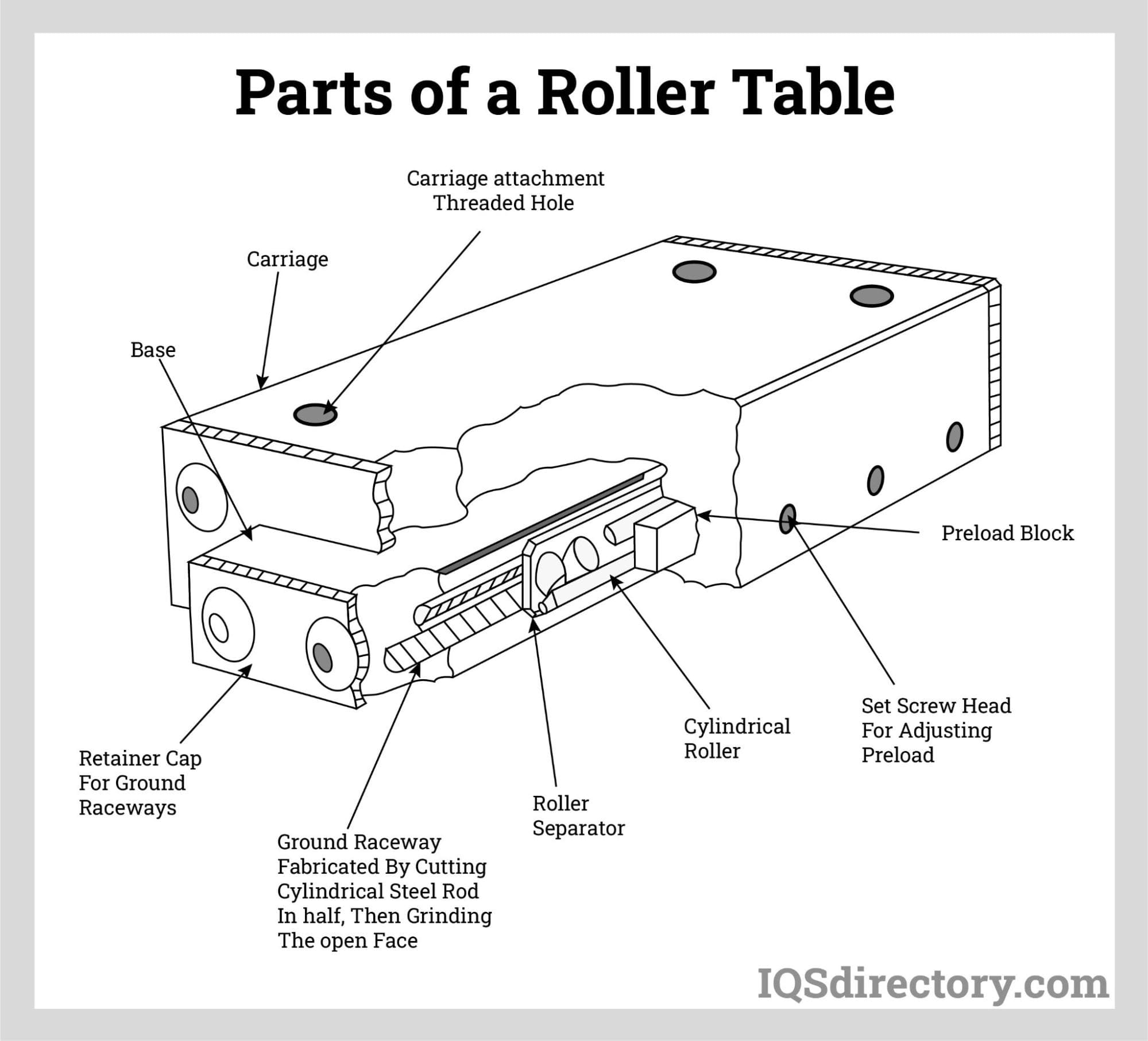
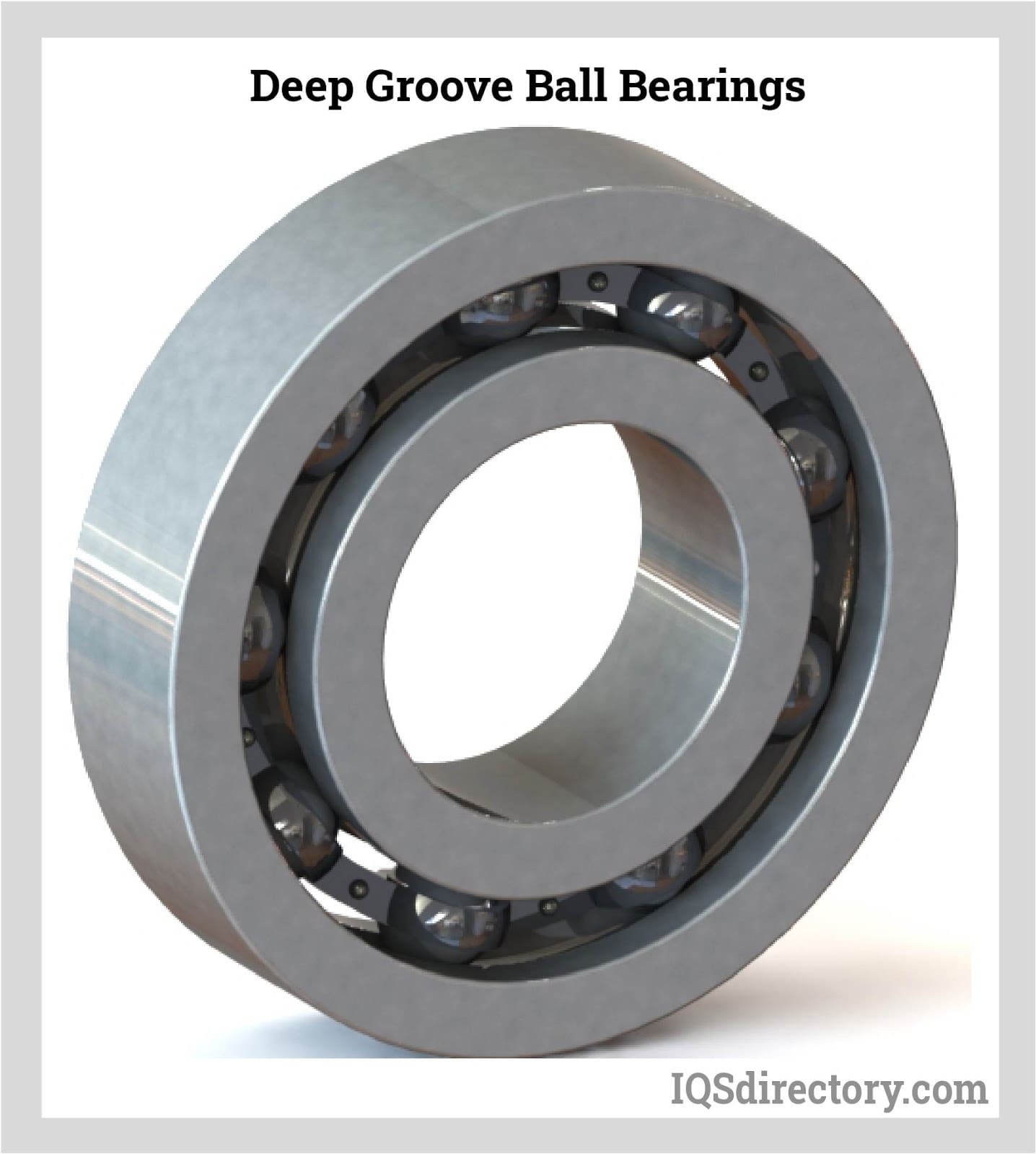
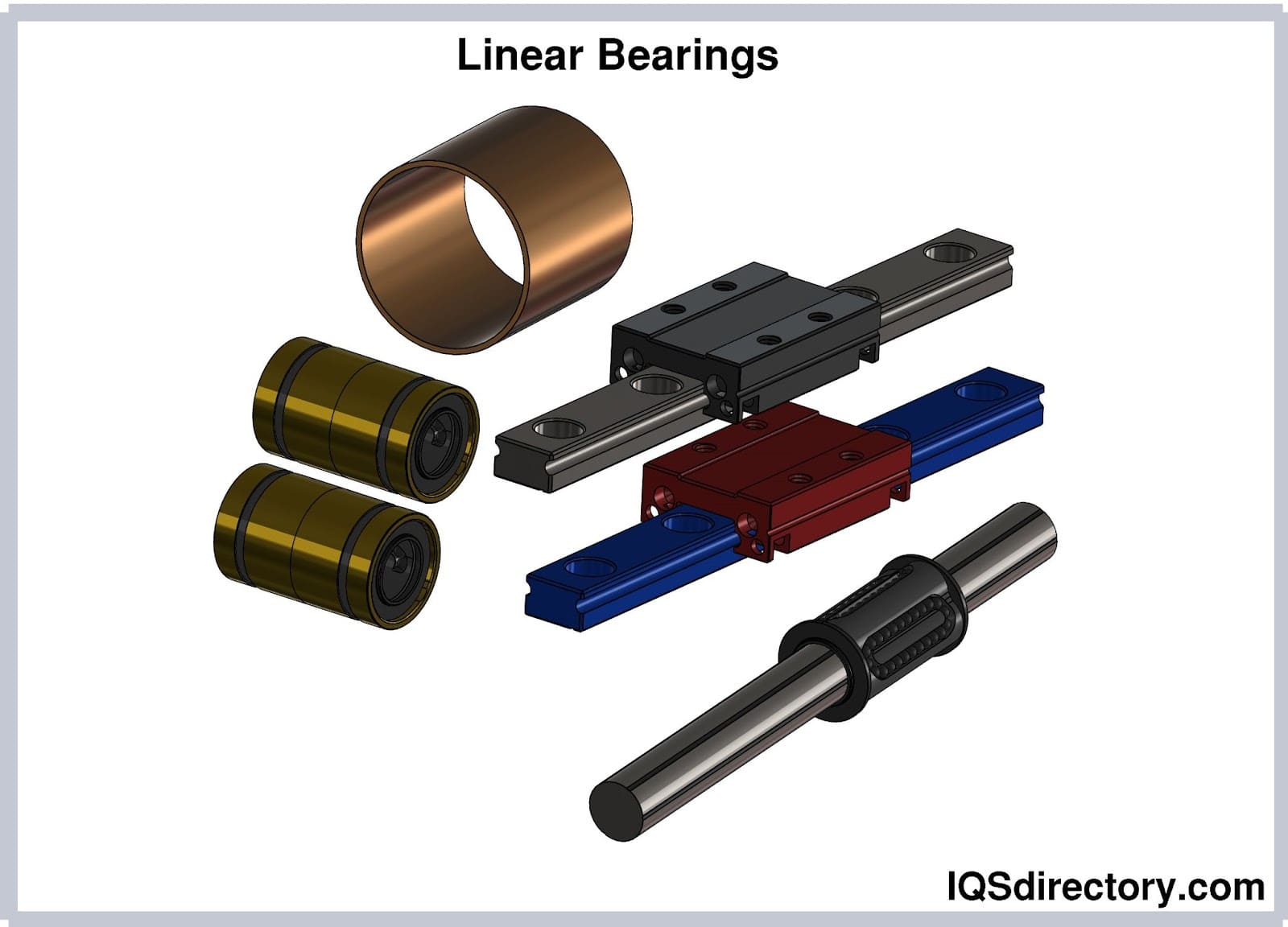
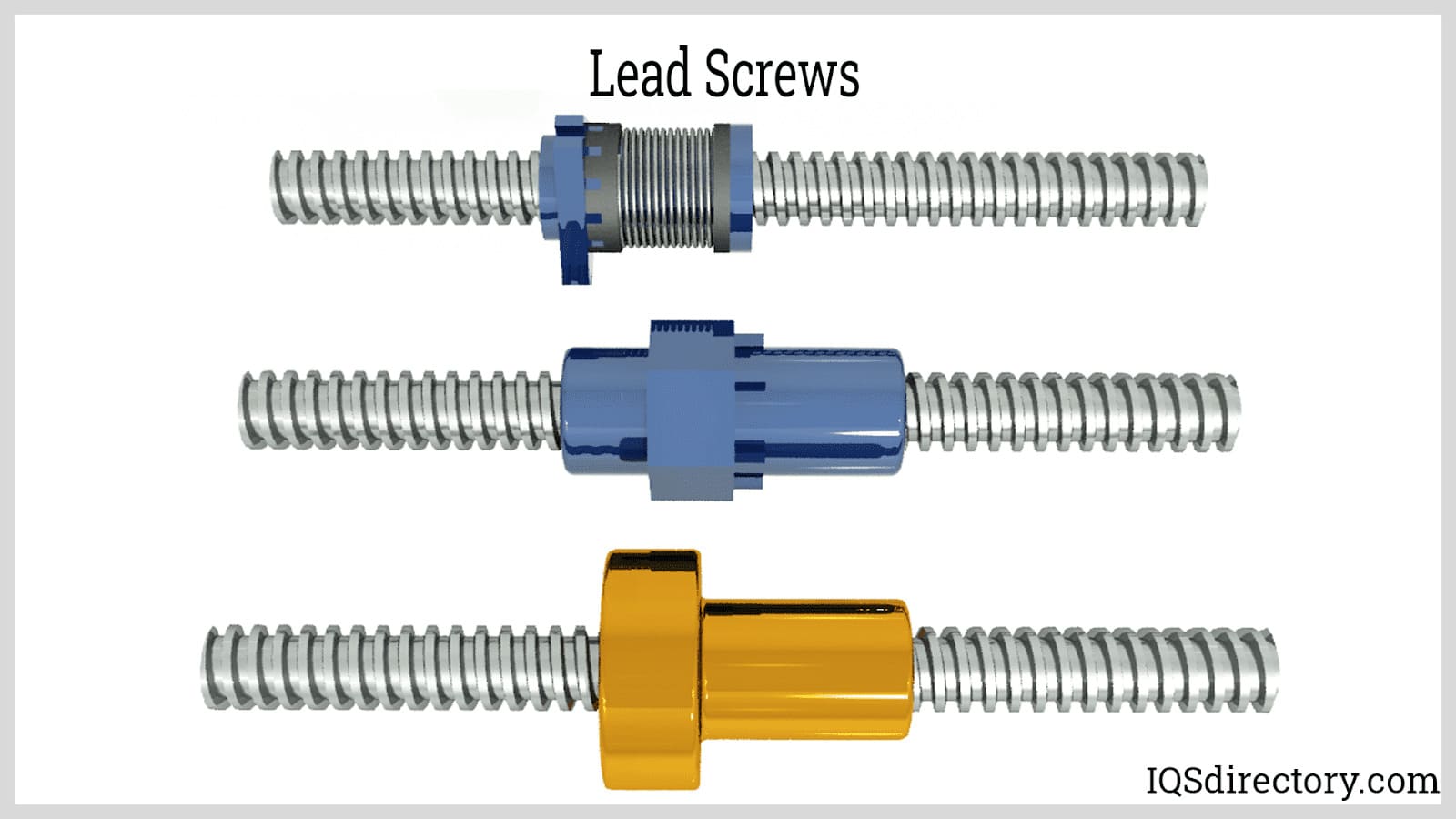
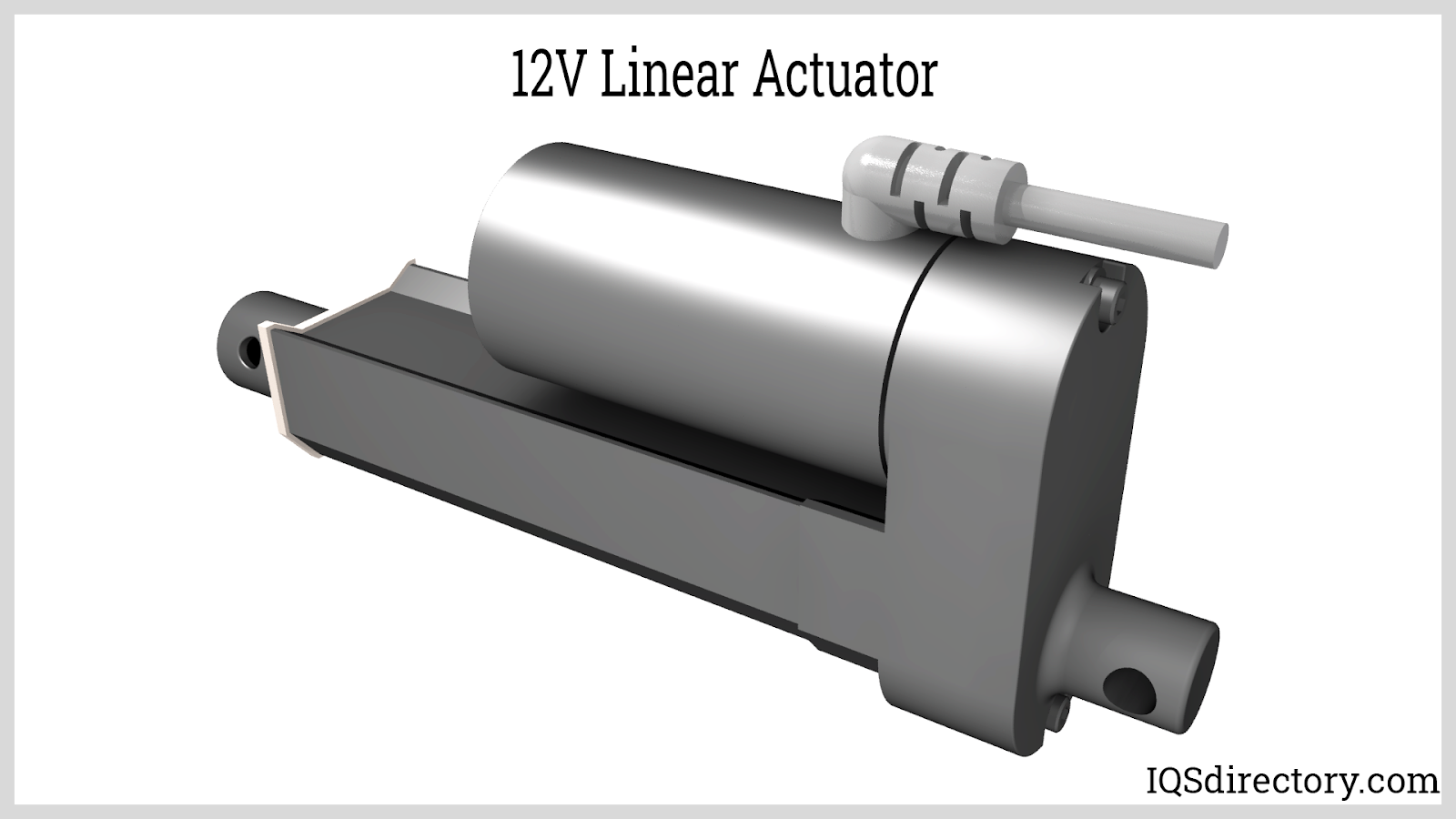
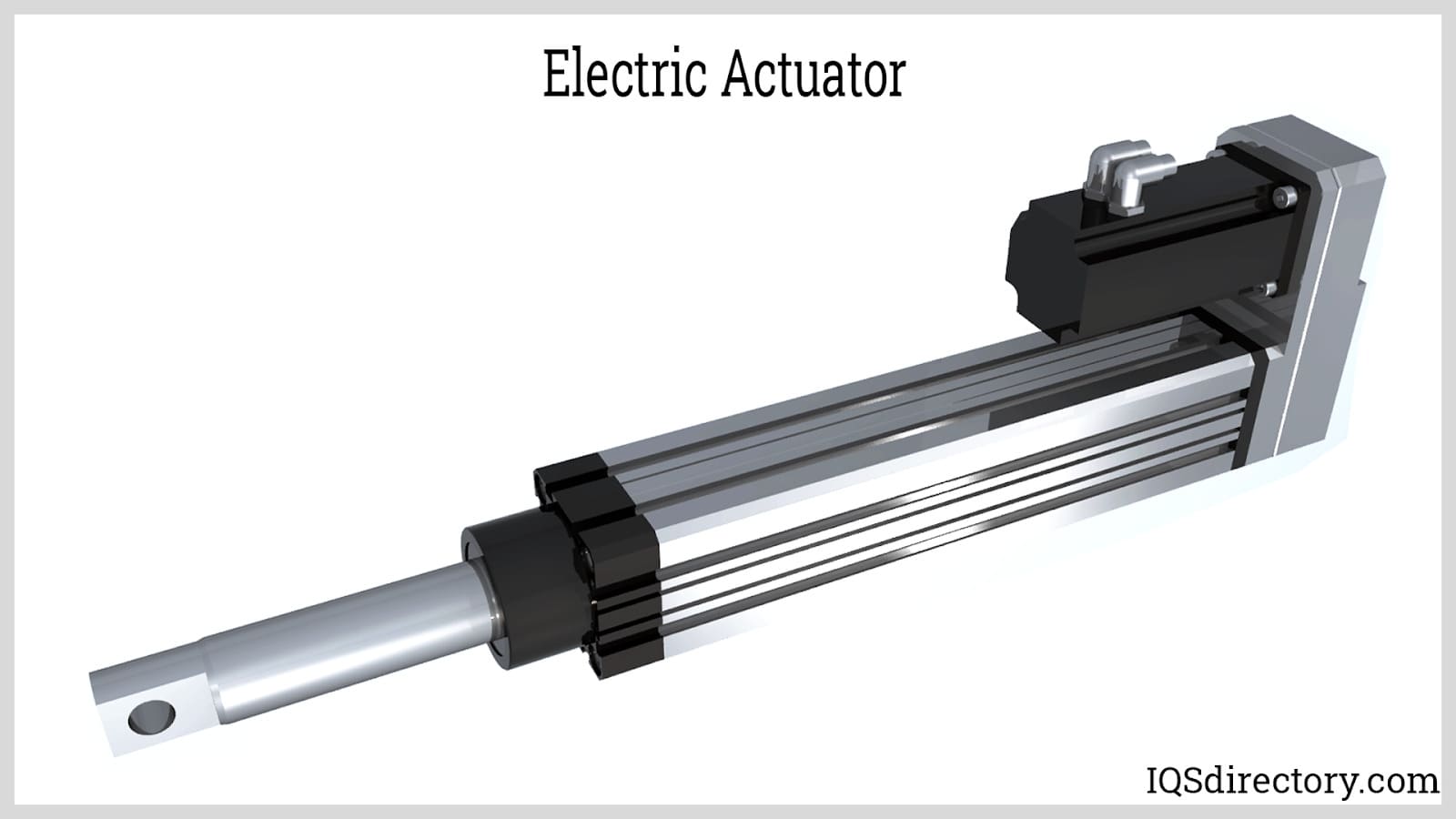
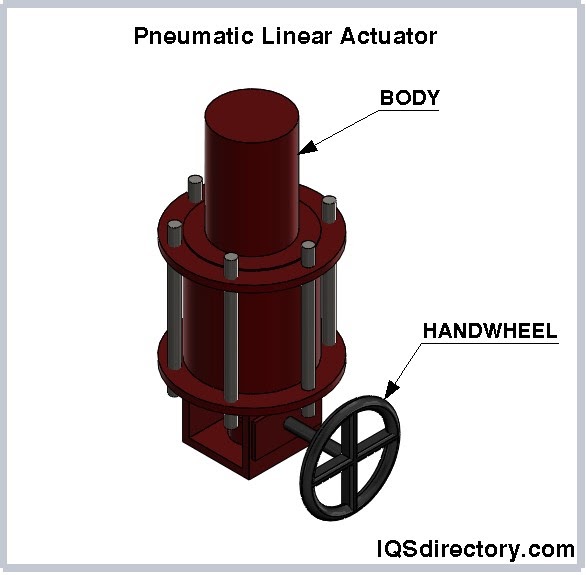
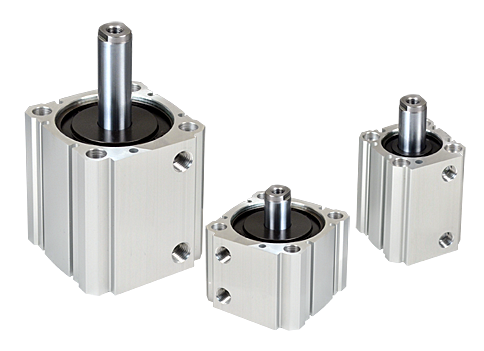 Air Cylinders
Air Cylinders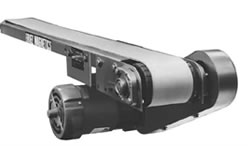 Assembly Machinery
Assembly Machinery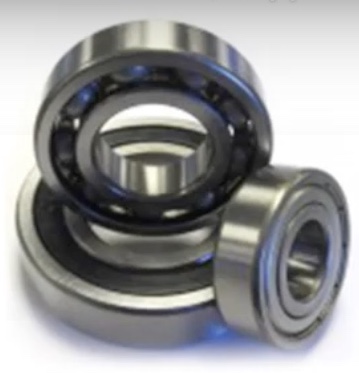 Ball Bearings
Ball Bearings Electric Motors
Electric Motors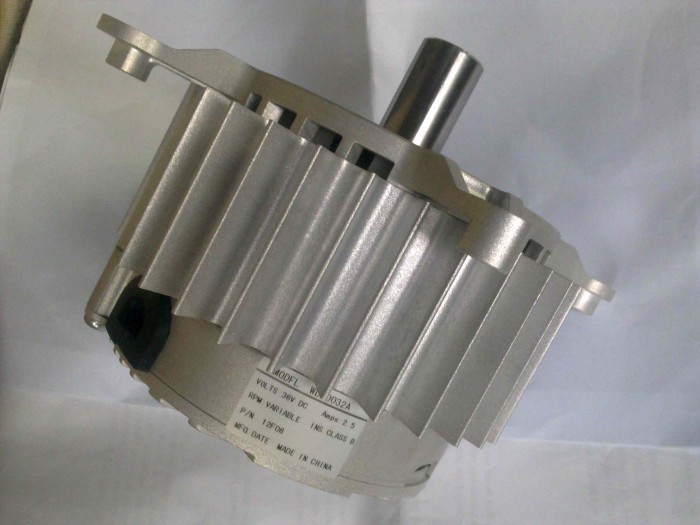 Fractional Horsepower Motors
Fractional Horsepower Motors Friction Materials
Friction Materials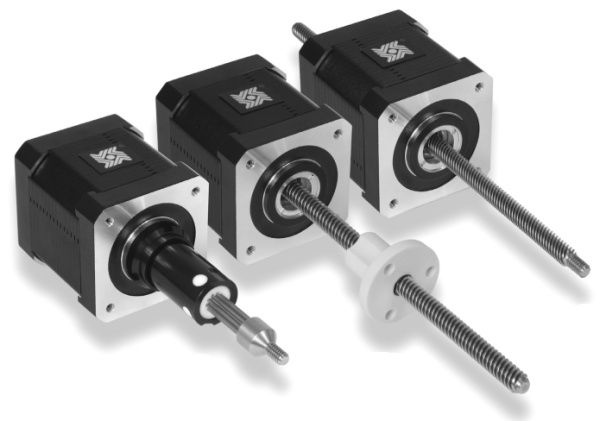 Linear Actuators
Linear Actuators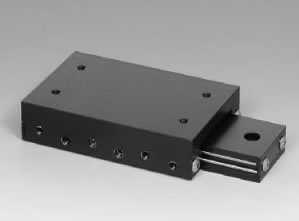 Linear Bearings
Linear Bearings Linear Slides
Linear Slides Castings & Forgings
Castings & Forgings Bulk Material Handling
Bulk Material Handling Electrical & Electronic Components
Electrical & Electronic Components Flow Instrumentation
Flow Instrumentation Hardware
Hardware Material Handling Equipment
Material Handling Equipment Metal Cutting Services
Metal Cutting Services Metal Forming Services
Metal Forming Services Metal Suppliers
Metal Suppliers Motion Control Products
Motion Control Products Plant & Facility Equipment
Plant & Facility Equipment Plant & Facility Supplies
Plant & Facility Supplies Plastic Molding Processes
Plastic Molding Processes Pumps & Valves
Pumps & Valves Recycling Equipment
Recycling Equipment Rubber Products & Services
Rubber Products & Services